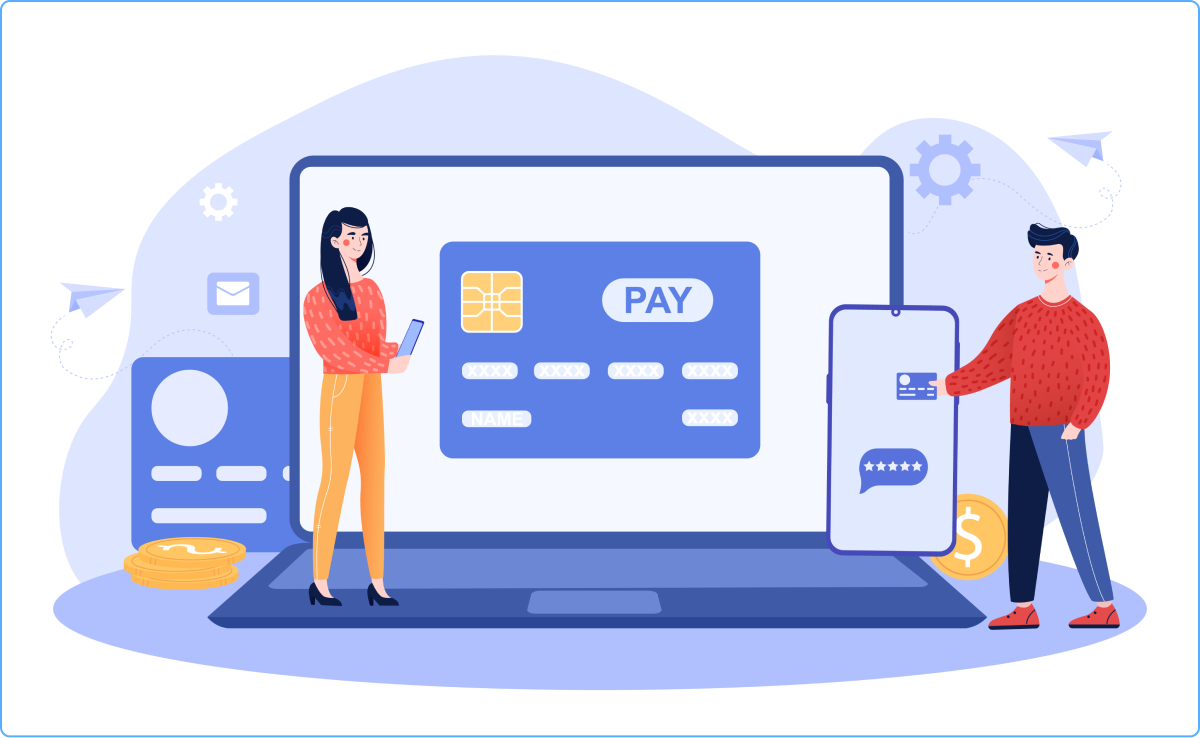
Cart abandonment is a big challenge for e-commerce businesses. Studies show that 70% of shoppers leave their carts without completing the purchase. This means businesses lose millions in potential revenue every year. The good news? There are ways to tackle this issue. In this blog, we will discuss why cart abandonment happens and how e-commerce brands are solving it using effective strategies.
1. Understanding Why Shoppers Abandon Carts
Before solving the problem, it’s important to know the reasons behind it. Here are the common ones:
- Unexpected Costs: Hidden fees like shipping, taxes, or handling charges surprise customers.
- Complicated Checkout Process: Long or confusing forms frustrate shoppers.
- No Guest Checkout Option: Forcing customers to create an account drives them away.
- Lack of Payment Options: Limited payment choices make some customers leave.
- Concerns About Security: Shoppers avoid sites that don’t look trustworthy.
- Distractions: Customers might get interrupted or decide to come back later but forget.
- Comparison Shopping: Some users add items to their carts while browsing other stores.
2. Strategies to Reduce Cart Abandonment
Simplify the Checkout Process
The easier it is to check out, the more likely customers will complete their purchase. Here’s how:
- Use progress indicators to show checkout steps.
- Reduce form fields to only what’s essential (e.g., name, address, payment info).
- Offer a guest checkout option for first-time buyers.
Be Transparent About Costs
Unexpected costs are the #1 reason for cart abandonment. To solve this:
- Display total costs upfront, including shipping and taxes.
- Offer free shipping if possible or highlight discounts for reaching a minimum order value.
Optimize for Mobile Users
More people shop on their phones today. If your site isn’t mobile-friendly, you’ll lose customers. Ensure:
- Checkout pages are mobile-optimized with larger buttons and simple layouts.
- Mobile payment options like Apple Pay or Google Pay are available.

Provide Multiple Payment Options
Some shoppers leave if their preferred payment method isn’t available. To fix this:
- Include popular options like credit/debit cards, PayPal, and buy now, pay later solutions (e.g., Klarna, Afterpay).
Use Trust Signals
Shoppers need to feel secure before sharing payment details. Build trust by:
- Adding SSL certificates (look for the padlock icon in the browser).
- Displaying security badges (e.g., Norton Secured, McAfee).
- Showcasing customer reviews and testimonials.
Retarget Abandoned Shoppers
Even with the best strategies, some customers will leave. Retargeting can bring them back:
- Email Reminders: Send automated emails with the items left in the cart. Include a discount or free shipping offer to encourage action.
- Retargeting Ads: Use platforms like Facebook or Google Ads to show reminders of cart items.
- Push Notifications: For app users, send notifications about abandoned carts.
Offer Live Chat Support
Sometimes customers leave because they have unanswered questions. Live chat helps:
- Assist shoppers in real-time if they’re confused.
- Address concerns about products, shipping, or return policies.
Incentivize Quick Action
Create urgency to motivate customers to complete their purchase:
- Show stock levels (e.g., “Only 2 left in stock!”).
- Use countdown timers for limited-time discounts.
- Highlight fast delivery options (e.g., “Order within 2 hours for same-day shipping”).
3. Measuring the Impact of Your Efforts
To know if these strategies are working, track key metrics:
- Cart Abandonment Rate: The percentage of customers who leave without purchasing.
- Conversion Rate: How many shoppers complete their purchases.
- Recovery Rate: The percentage of abandoned carts converted into sales after retargeting.
Use tools like Google Analytics or Shopify reports to monitor these metrics.
4. Real-Life Examples of Success
- Amazon: Amazon’s streamlined checkout process, free shipping for Prime members, and one-click purchase option significantly reduce cart abandonment.
- ASOS: ASOS retargets shoppers with personalized emails and offers free returns to remove purchase hesitation.
- Sephora: Sephora uses mobile optimization, multiple payment methods, and targeted ads to re-engage abandoned cart users.
Conclusion
Cart abandonment doesn’t have to mean lost revenue. By understanding customer behavior and implementing the right strategies, businesses can recover abandoned carts and boost sales. Whether it’s simplifying the checkout process, offering free shipping, or sending timely reminders, small changes can lead to big results. Start optimizing today and watch your conversion rates soar.













